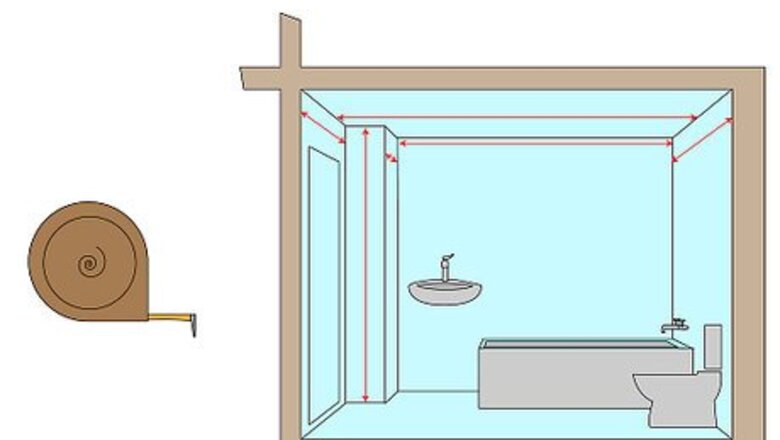
views
How do you calculate CFM for a bathroom fan?
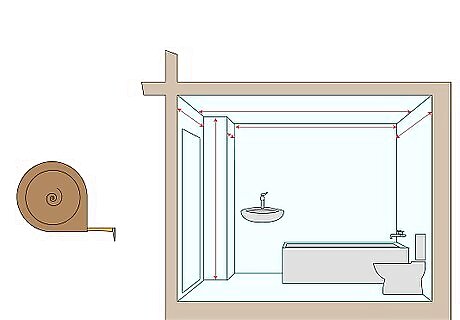
Measure the dimensions of your bathroom. Use a tape measure to measure each dimension of your bathroom - the length of each wall and the height from floor to ceiling. For a bathroom with a rectangular floor plan, you can keep these numbers in your head for the CFM calculation. If you have an irregular floor plan, you may want to draw and label the plan on paper to help you calculate your bathroom's volume.

Calculate the floor area of your bathroom. For a rectangular bathroom, this is done by multiplying the width and length. For example, a 7 ft x 10 ft (2.1 m x 3 m) bathroom has a floor area of 70 square feet (6.5 square meters). If your bathroom has a more complex shape, break the floor plan into simpler shapes, calculate their areas, and then add those areas together to arrive at the total floor area. Don't ignore the air above the bathtub--it is part of the total volume.
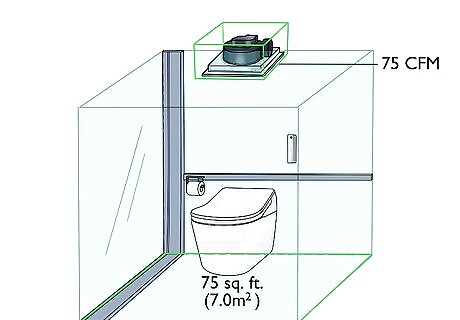
Go with 1 CFM for every 1 square foot (0.093 m) of floor space. Use this rule of thumb to make your calculations simpler. Choose a fan with a CFM that matches your area (or closely matches it). For instance, if your bathroom is 75 square feet (7.0 m), choose a bathroom fan with at least 75 CFM.
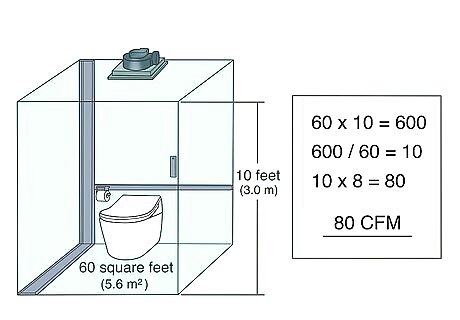
Add additional CFM if your ceiling is higher than 8 feet (2.4 m). A higher ceiling means more total volume in your bathroom. Multiply your area by the height of your ceiling and divide that number by 60 (for 60 minutes in an hour). Round up to the next whole number and then multiply that number by 8 (the number of air exchanges in an hour) to get your CFM value. For instance, if your bathroom is 60 square feet (5.6 m) and your ceiling is 10 feet (3.0 m) tall, multiply them together to get 600. Divide 600 by 60 to get 10. Then multiply 10 by 8 to get 80 as the ideal CFM for your fan.
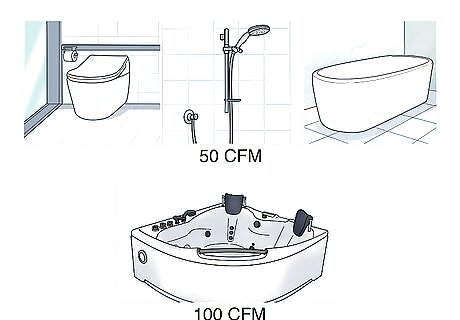
Include fixtures for bathrooms larger than 100 square feet (9.3 m). Larger bathrooms need an exhaust fan with a little more juice to properly ventilated the room. Find the total area and then add in the CFM requirements for each of these fixtures: 50 CFM for each toilet 50 CFM for the shower 50 CFM for a bathtub 100 CFM for a jetted tub
What does CFM mean?

It stands for cubic feet per minute. CFM measures the volume of air in cubic feet for each minute that it moves. It’s a useful way to measure how large and powerful you need your bathroom exhaust fan to be in order to prevent moisture from causing mold and mildew to form in the room. For instance, if you have an exhaust fan with a CFM of 50, then it moves 50 cubic feet of air each minute.
How much CFM do I need for my bathroom fan?
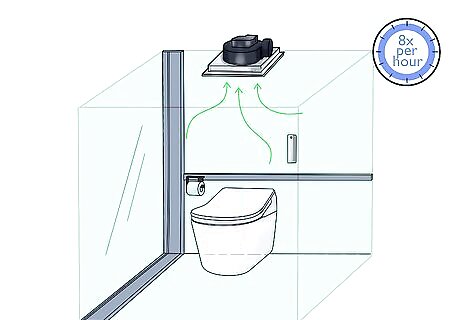
You need enough to refresh the air at least 8 times every hour. A fan with the right CFM will draw in enough air to help prevent moisture buildup. Choosing a fan with the right CFM is directly related to the total area of your bathroom and can also be affected by the height of your bathroom ceiling. You want a fan strong enough to pull all of the air out of your bathroom every 7½ minutes to keep moisture from building up.
What CFM do I need for a small bathroom?
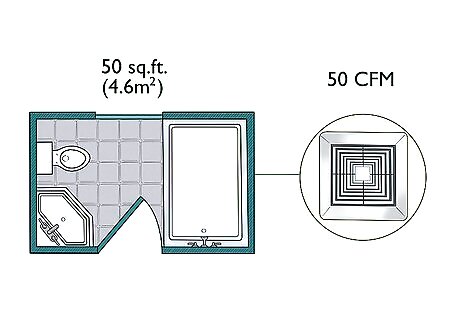
Choose a fan with 50 CFM for a bathroom less than 50 square feet (4.6 m). If you have a really small bathroom, you don’t need to find a specific CFM. Just go with a fan that has 50 CFM. It’ll get the job done without any necessary measurements. This is a great option for a small half-bath or a hallway bathroom.
Is more CFM better for a bathroom fan?
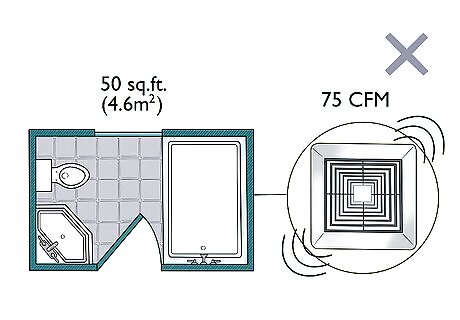
No, but a fan with more CFM could be noisier. A fan with more CFM is going to be more powerful. But it can also be much noisier. Ideally, you want a fan with just the right amount of CFM to refresh the air in your bathroom that’s also as quiet as possible.

















Comments
0 comment